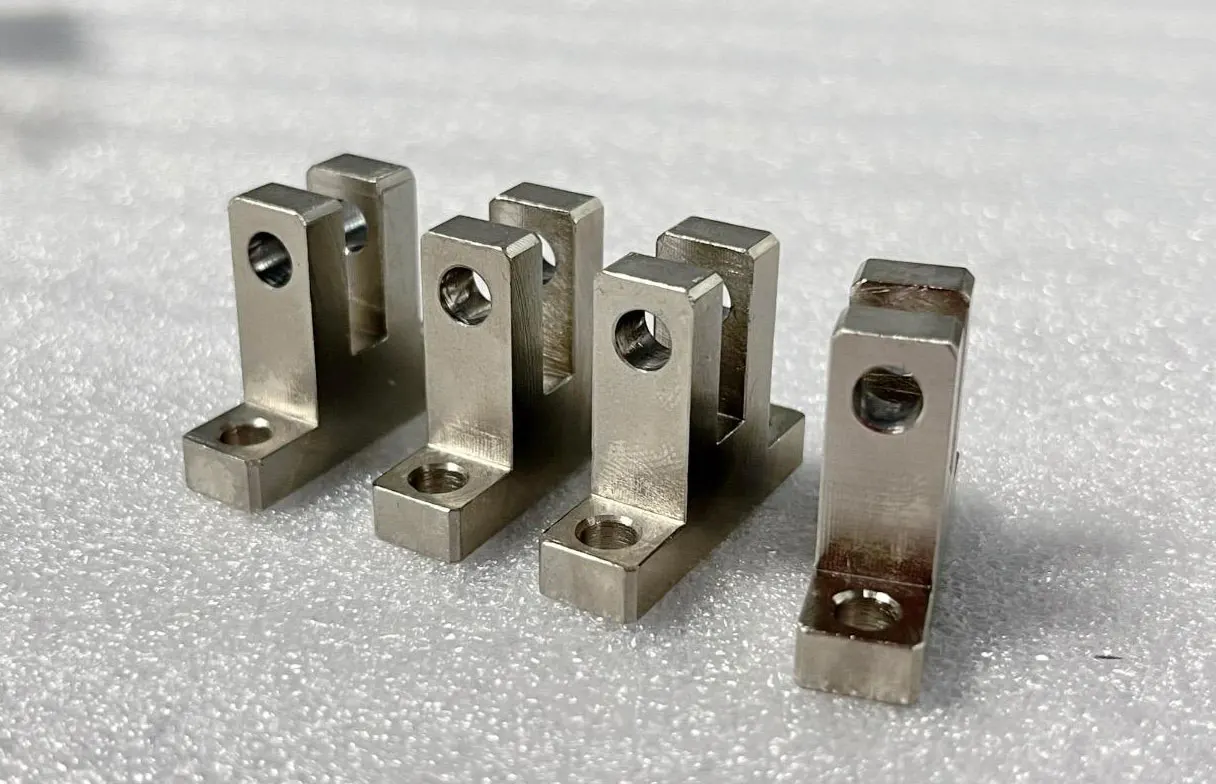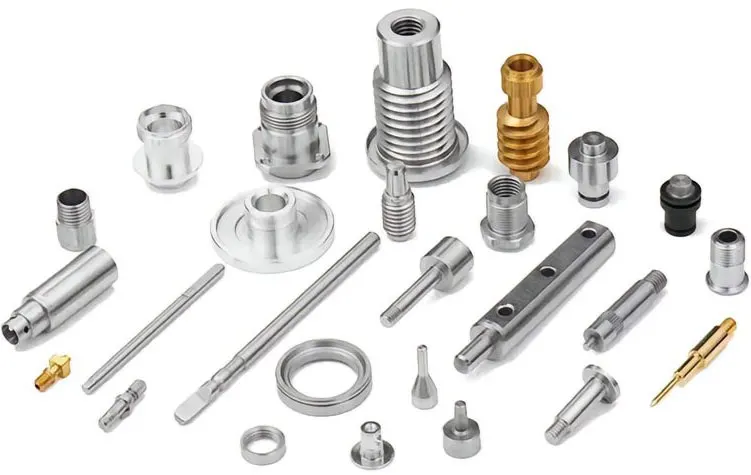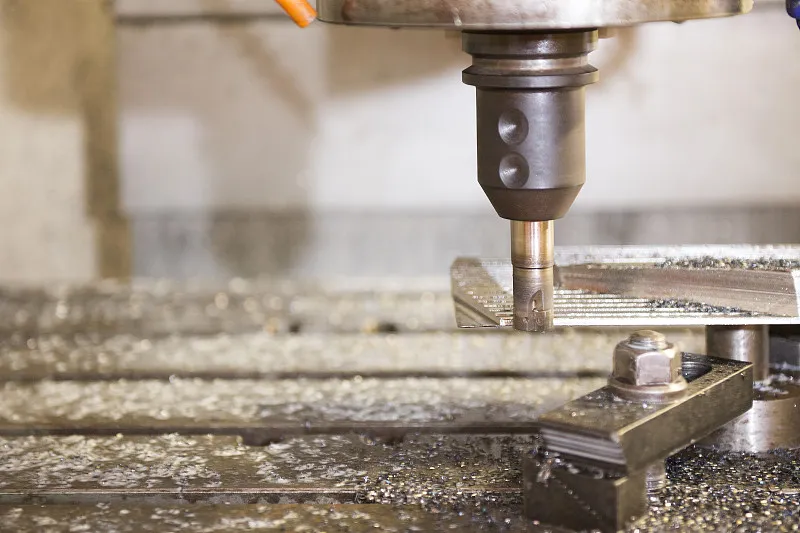Introduction to Machinability
Machinability refers to the ease with which a material can be machined to achieve desired outcomes in terms of surface finish, dimensional accuracy, tool life, and productivity—while minimizing energy consumption and operational costs.
It’s a cornerstone concept in manufacturing engineering, directly affecting cycle times, tooling strategies, and overall economic feasibility.
Materials with high machinability allow higher cutting speeds, produce cleaner surface finishes, reduce tool wear, and ultimately lower production costs.
However, optimizing machinability often involves trade-offs. Enhancing material properties like strength or corrosion resistance—crucial for performance—can significantly degrade machinability.
Machinability spans metals, polymers, composites, and ceramics, and plays a vital role in selecting materials for critical applications across automotive, aerospace, medical devices, and beyond.
Factors Influencing Machinability
Work Material Condition
A material’s microstructure—grain size, crystal arrangement, and inclusion content—heavily influences chip formation and tool wear.
Heat treatment processes such as annealing or quenching alter hardness and ductility, modifying how a material behaves during machining.
Alloying elements and impurities can further impact chip characteristics and thermal behavior.
Physical and Mechanical Properties
Key properties include:
Modulus of elasticity: Affects how a material deflects under cutting forces.
Thermal conductivity: Influences heat dissipation; poor conductivity can cause localized overheating.
Work hardening behavior: Materials that harden quickly during machining can rapidly dull tools.
Surface conditions: Residual stresses or heat-affected zones from prior processes can lead to unpredictable tool engagement.
Machining Process and Equipment Factors
Cutting speed, feed rate, and depth of cut must be optimized to balance productivity and tool wear. Tool material and geometry (e.g., rake and clearance angles) are equally critical.
Machine tool rigidity, vibration damping, and condition affect chatter and precision. Coolants and lubricants reduce thermal loads and aid in chip evacuation, both of which are essential for maintaining tool life.
Machinability of Common Materials
Steels
Free-machining steels contain additives such as sulfur or lead to improve chip breakability. These additives reduce tool wear but can negatively affect mechanical performance or increase cost. Machinability peaks at around 0.20% carbon content.
Alloying elements like chromium or nickel, while enhancing strength or corrosion resistance, generally decrease machinability.
Stainless steels—especially austenitic types—are known for poor machinability due to work hardening. Grades like 303 and 416 mitigate this with sulfur or selenium inclusions.

Aluminum Alloys
Aluminum is known for excellent machinability, particularly in the 2000 and 6000 series (e.g., 2007, 2011, 6020).
However, higher-strength grades can be more challenging due to harder precipitates. The balance between strength and machinability is often managed through tempering and alloy selection.

Other Metals and Materials
Brass and copper offer a favorable blend of machinability and strength.
Thermoplastics require careful management of heat and chip control due to low thermal conductivity.
Composites present significant challenges from abrasive fibers and resin matrix degradation.
Elastomers and soft rubbers often require cryogenic cooling to avoid deformation and maintain dimensional accuracy.

Methods for Quantifying Machinability
Tool Life Method
This common approach compares tool longevity when cutting different materials. The Machinability Index quantifies machinability relative to a standard (e.g., B1112 steel), by expressing it as a percentage based on tool life, cutting speed, or material removal rate. A higher index indicates easier machining and longer tool life, while a lower index suggests more difficult machining and faster tool wear.
While intuitive, it is sensitive to tool type, machine setup, and operator skill.
Cutting Forces and Power Consumption
This method evaluates the specific energy required to remove material. Higher energy demands indicate lower machinability. It is more reproducible across setups compared to tool life tests.
Surface Finish Quality
Surface roughness is measured post-machining. While crucial in finishing operations, it may not reflect machinability under roughing conditions.
Standardized Ratings
Materials are often ranked against benchmarks:
B1112 Steel — 100%
C36000 Free-cutting Brass — 100%
6061-T6 Aluminum — ~90–95%
Ti-6Al-4V Titanium — ~17–25%
These benchmarks are helpful for initial material selection but must be interpreted with process context.
Machinability Rankings by Material Type
A typical machinability ranking from highest to lowest is:
Magnesium alloys → Aluminum alloys → Brass/Copper → Grey cast iron → Carbon steels → Low alloy steels → Stainless steels → Hardened steels → Superalloys → Titanium alloys
This order reflects factors like chip control, tool wear, and heat generation.
Improving Machinability
Material Modifications
Incorporating elements like sulfur, lead, or bismuth enhances chip formation and reduces tool wear. Thermal treatments such as annealing soften materials, easing cutting forces while maintaining functional properties.
Process and Tooling Adjustments
Selecting the correct tool geometry (e.g., increased rake angle), tool material (e.g., carbide vs. HSS), and cutting conditions (optimized speed, feed, and depth) significantly improves machinability.
Advanced cooling strategies, such as high-pressure coolant or minimum quantity lubrication (MQL), enhance performance.
Advanced Machining Techniques
Difficult-to-machine materials can be handled using electrical discharge machining (EDM), ultrasonic machining, or abrasive waterjet cutting.
Coated or ultra-hard tools (e.g., CBN, PCD) extend tool life and enable higher cutting speeds.
Machinability of Advanced and Specialty Materials
MAX Phase Materials and Hardmetals
These materials blend ceramic-like hardness with metal-like machinability. Carbide or high-speed steel tools are typically required. Some MAX phases are electrically conductive, allowing EDM as a viable option.
Duplex and Austenitic Stainless Steels
These steels offer superior strength and corrosion resistance but are prone to work hardening.
Machinability varies significantly by grade and is improved with sulfide inclusions, appropriate tooling, and cutting strategies.
Manufacturing and Economic Considerations
Machinability vs. Manufacturability
Effective management of hard-to-machine materials lowers lifecycle costs.
Economic and Environmental Impact
Poor machinability increases energy usage, tool consumption, and scrap rates.
Choosing materials and methods that optimize machinability can lead to substantial cost savings and environmental benefits through reduced energy and resource consumption.
Lightweight Design Principles
Modern engineering emphasizes lightweight, high-performance materials to reduce energy use and improve product efficiency.
Engineers can significantly reduce lifecycle costs by effectively managing these often hard-to-machine materials.
Summary and Practical Applications
Engineers improve decisions, productivity, tool life, and part quality by understanding how material properties, processes, tooling, and machines interact to affect machinability.
Engineers adapt machinability indices to real-world conditions and expand material options using advanced and non-traditional machining methods.
For engineers, mastering the principles of machinability is not just a technical necessity—it’s a strategic asset in achieving cost-effective, high-quality manufacturing.


